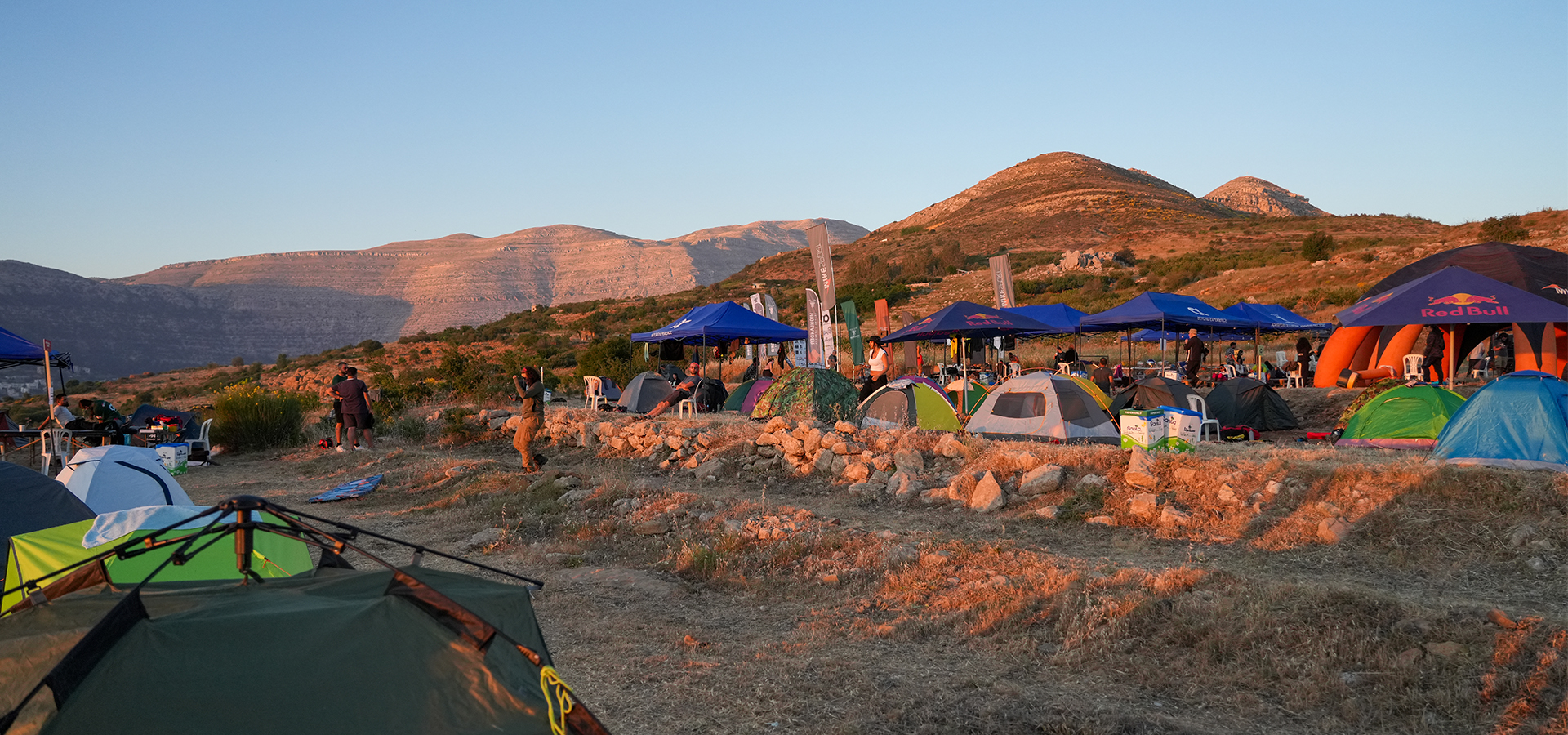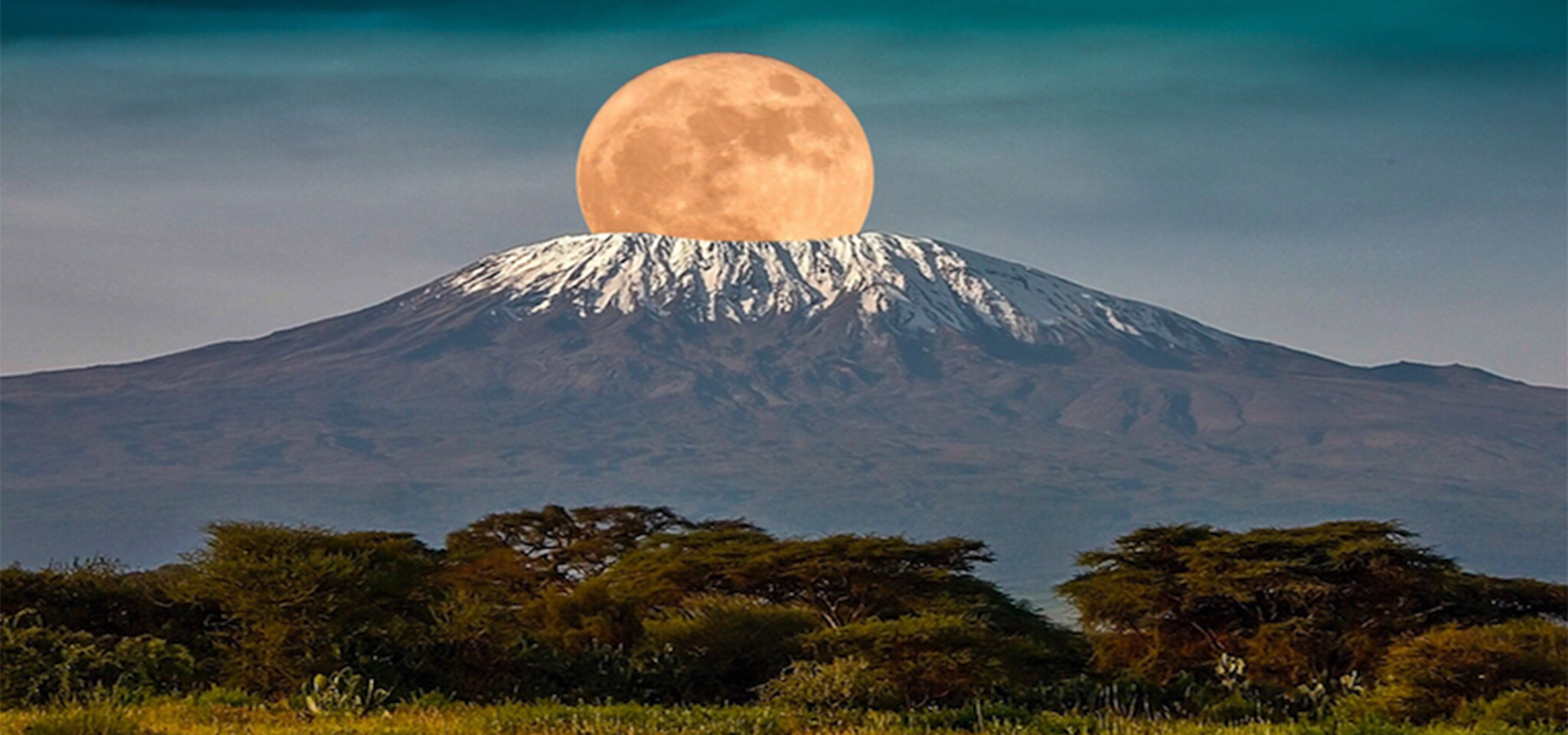
Highest mountains, tallest mountain & the closest mountain to the moon
- October 16, 2021
- 0
Mountaineers can all agree that climbing the Seven Summits, the highest peaks of each of the world’s continents, is among the supreme accomplishments of their sport; it is harder to get them to agree on exactly which peaks make up the Seven Summits.
The problem is one of geographical classification and perspective. First, there is the question of whether Europe is considered part of Asia or constitutes a continent unto itself. If one accepts the notion of Eurasia as a single continent, there should really be only six summits. Another question arises regarding Europe: If one accepts the Urals as the dividing line between Europe and Asia, should the highest point in Europe be Mont Blanc, which is irrefutably wholly in Europe, or Mount Elbrus, which, depending on interpretation, only barely manages to escape classification as an Asian feature? Then there is the question of whether Australia is classified in isolation or includes Oceania. A pair of climbers formulated the two most popular schemes. The list of peaks compiled and climbed by American mountaineer Dick Bass draws the line at Australia proper; the list put together by Italian mountain climber Reinhold Messner embraces Oceania. Because neither climber subscribes to the concept of Eurasia or is bothered by the location of Mount Elbrus, their lists are otherwise identical. Here, then, are the world’s Seven—or maybe make that Eight—Summits.
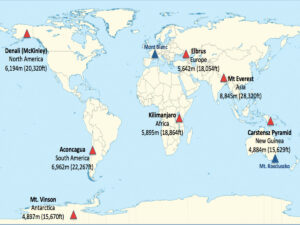
The highest peaks on each continent are known as the Seven Summits. The Seven Summits are:
– Mount Everest 8850m in Asia
– Mount Kilimanjaro 5895m in Africa
– Aconcagua 6962m in South America
– Mount Denali 6190m in North America
– Mount Elbrus 5645m in Europe
– Vinson Massif 4892m in Antarctica
– Puncak Jaya 4884m (Carstensz Pyramid) OR Mount Kosciuszko 2228m in Australia/Oceania
HOW TALL ARE EACH OF THESE MOUNTAINS?
Mountain Everest is the tallest mountain in the world. It currently is 8,850m above sea level. It is located in Nepal and China, in the Mahalangur Himal sub-range of the Himalayas.
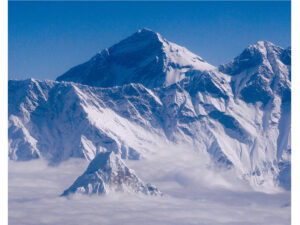
The second highest peak is Aconcagua which stands at 6,962m. It is located in Argentina. In fact, it is the highest standing mountain in both the Western and Southern Hemispheres and is located in the Andes mountain range.
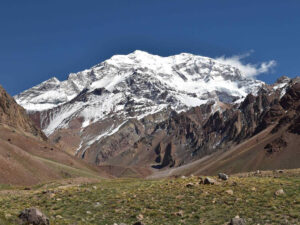
The third highest peak is Mount Denali at 6,190m. It is located in Alaska. Recently, President Obama restored the original name of Mount McKinley to Denali, which has cultural significance to the native Alaskan people.
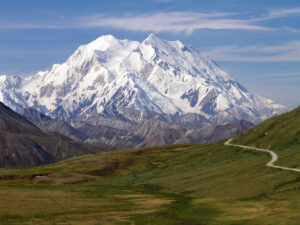
The fourth highest mountain is Mount Kilimanjaro it stands 5,895m and is located in Tanzania. It is the only free-standing mountain of the seven. (Picture: Article cover photo)
The fifth highest peak is Mount Elbrus. Elbrus stands at 5,642m. Located in Russia, it is actually two dormant volcanoes and lies on top of a moving tectonic area and is linked to a fault line.
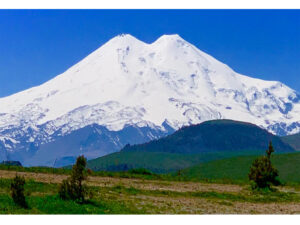
The sixth highest summit goes to Vinson Massif measuring in at 4,892m. Located in Antarctica, it lies within the Sentinel Range of the Ellsworth Mountains. Vinson Massif overlooks the Ronne Ice Shelf near the base of the Antarctic Peninsula.
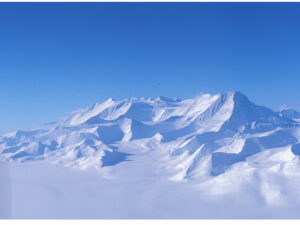
And finally, the highest peak on the Australian continental shelf is Puncak Jaya measuring in at 4,884m feet and is located in Indonesia. Australia is actually comprised of New Guinea, the country of Australia, Tasmania, New Zealand, Timor, other islands, and the submerged continental shelf. Or we can consider that the highest peak located properly in Australia is Mount Kosciuszko, located southwest of Sydney in the Snowy Mountains of the Australian Alps in southeastern New South Wales. Situated in Kosciuszko National Park, it rises to an elevation of 2,228 meters.
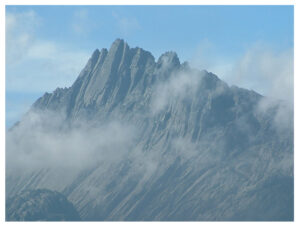
BUT WAIT, THERE’S A TECHNICALITY
Mauna Kea, located on the island of Hawaii, is actually the tallest mountain in the world. It stands 4,207 meters above sea level. Its peak is the highest point in the state of Hawaii.
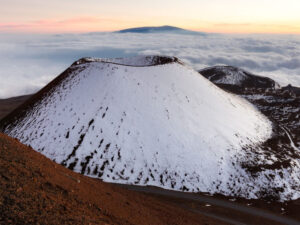
However, most of the mountain is under water. When measured from its oceanic base, Mauna Kea is over 10,000 meters tall. This makes it the world’s tallest mountain from base to summit, while the point on Earth that is closest to the moon is Mount Chimborazo. Chimborazo’s summit is the farthest point on the Earth’s surface from the Earth’s center given that it is located along the planet’s equatorial bulge. Chimborazo’s summit, however, is not higher than the summit of Mount Everest, as elevation is measured from sea level.







